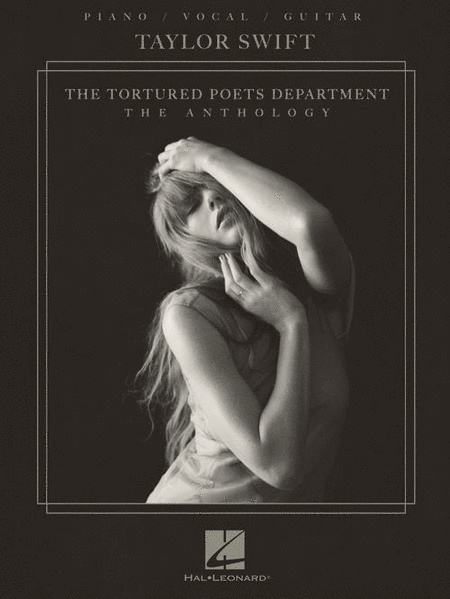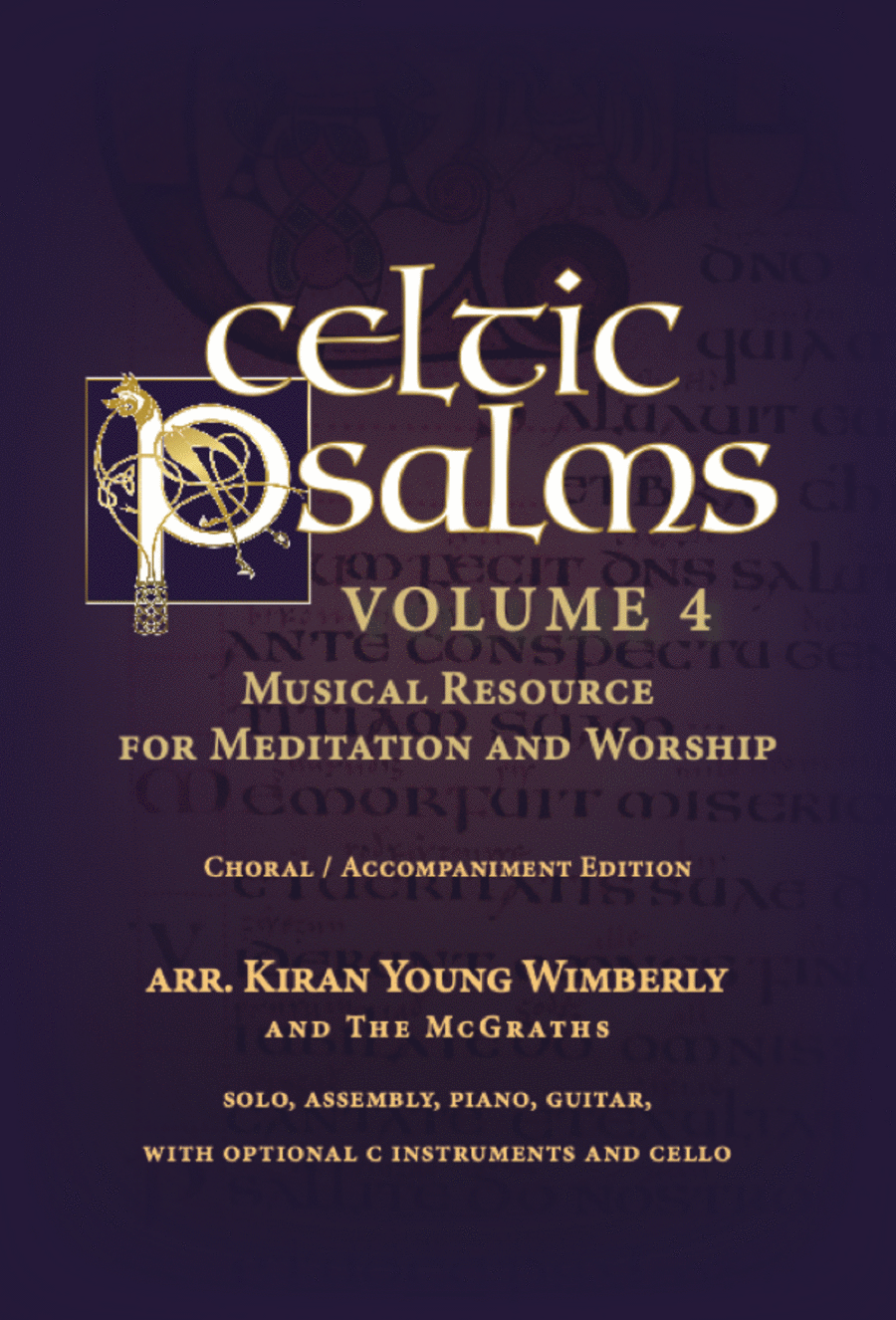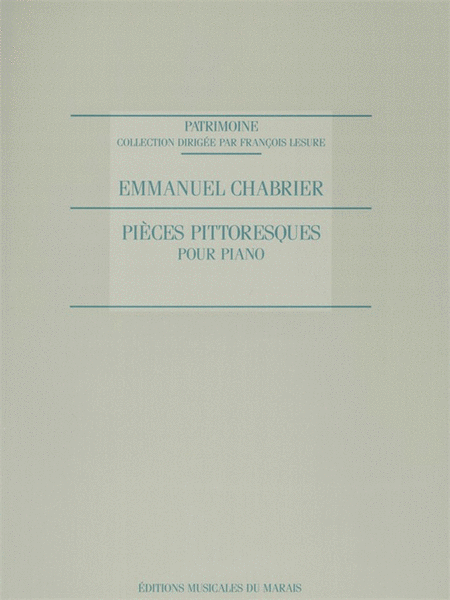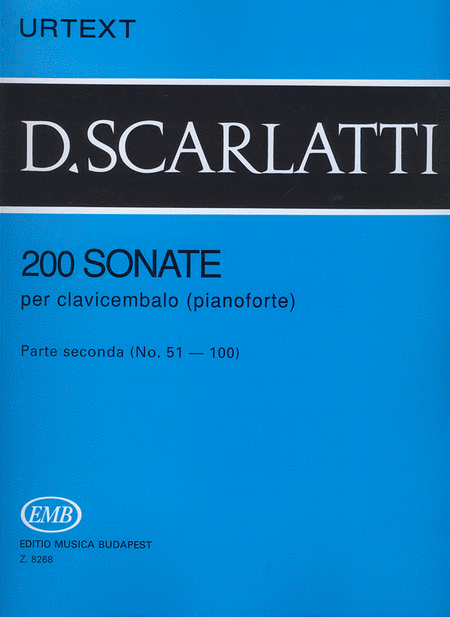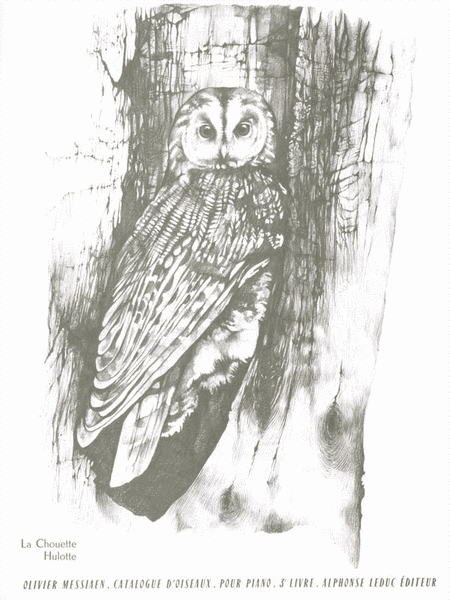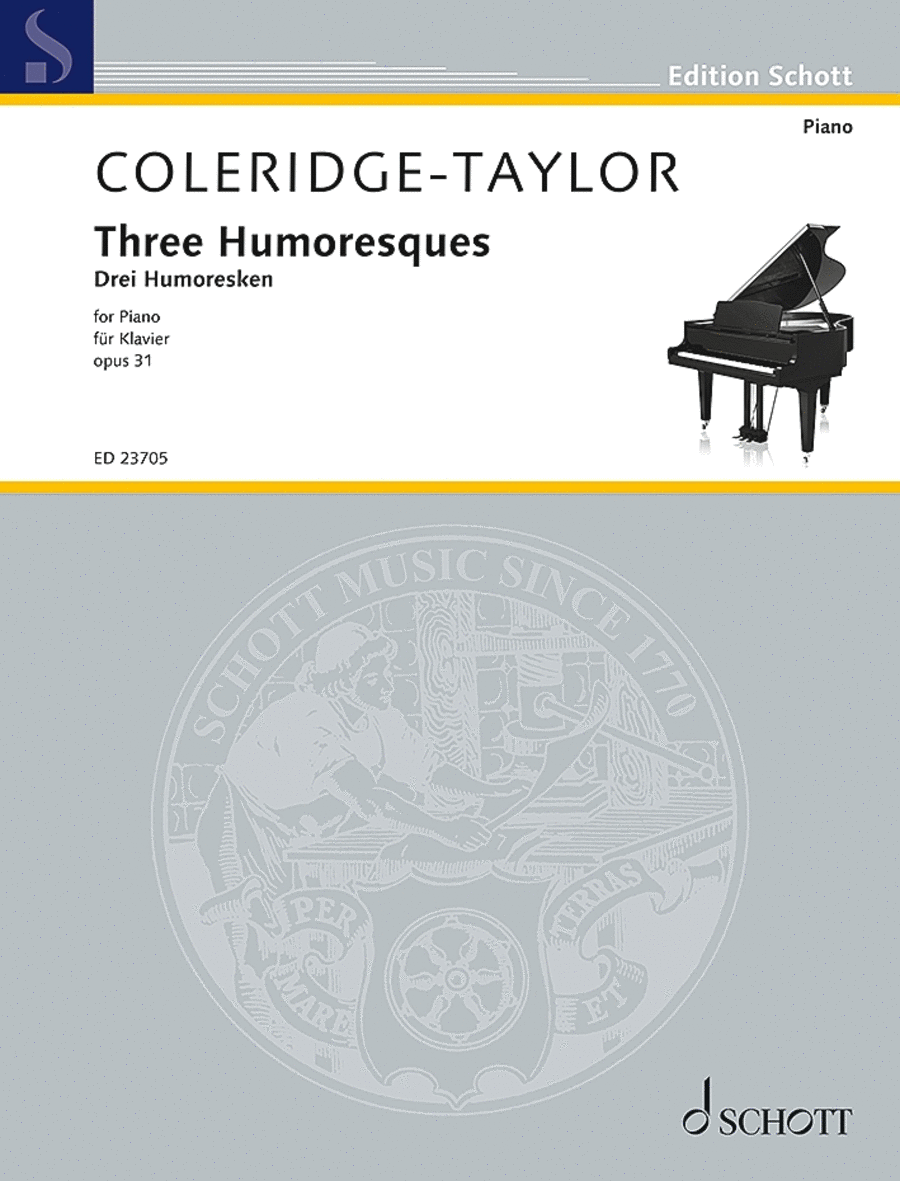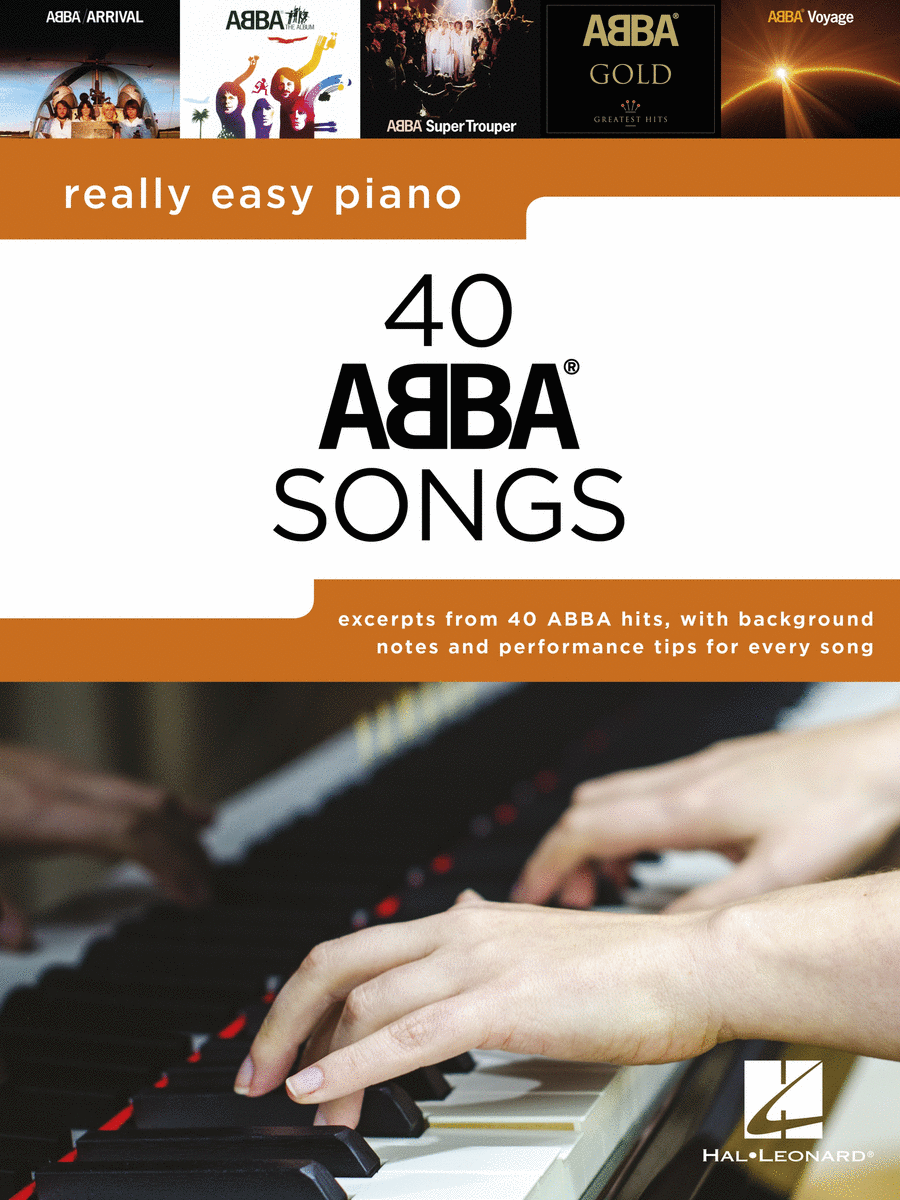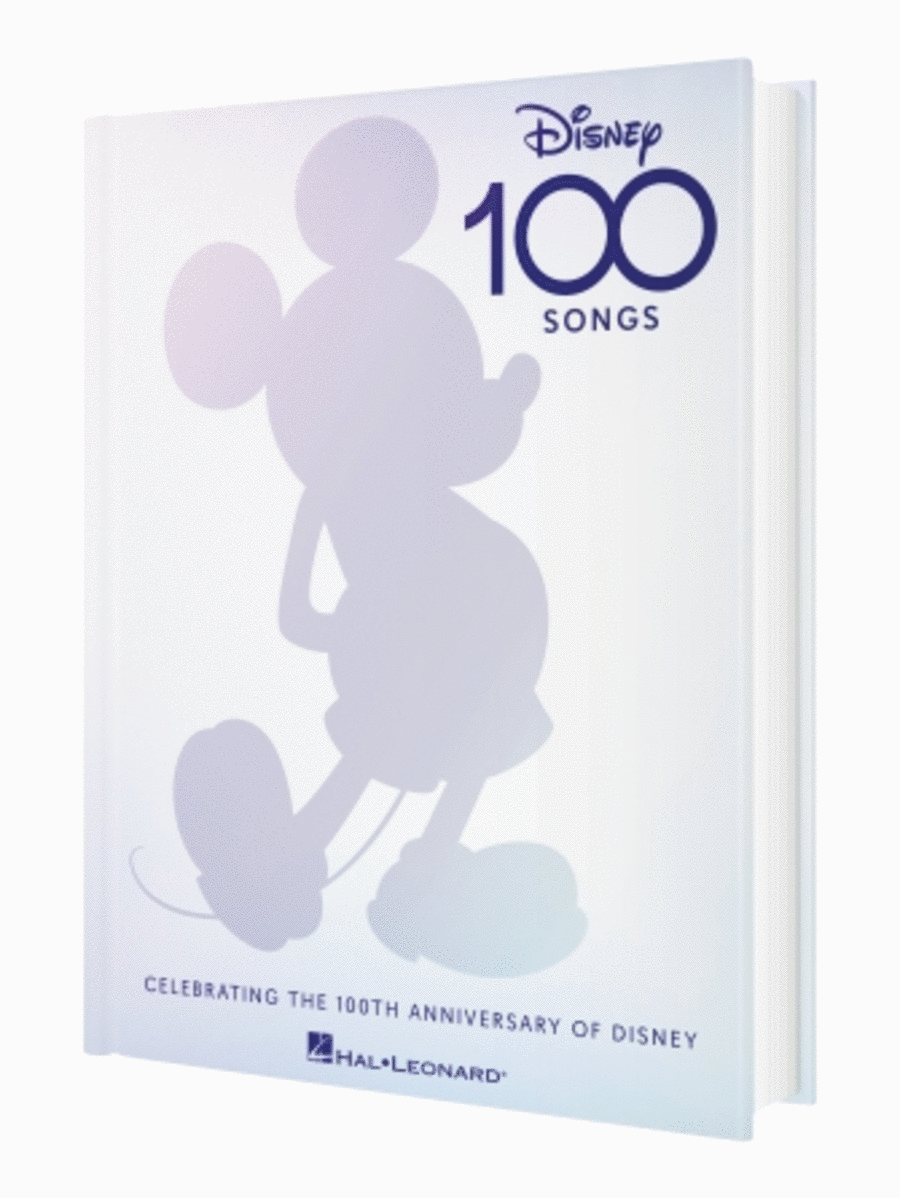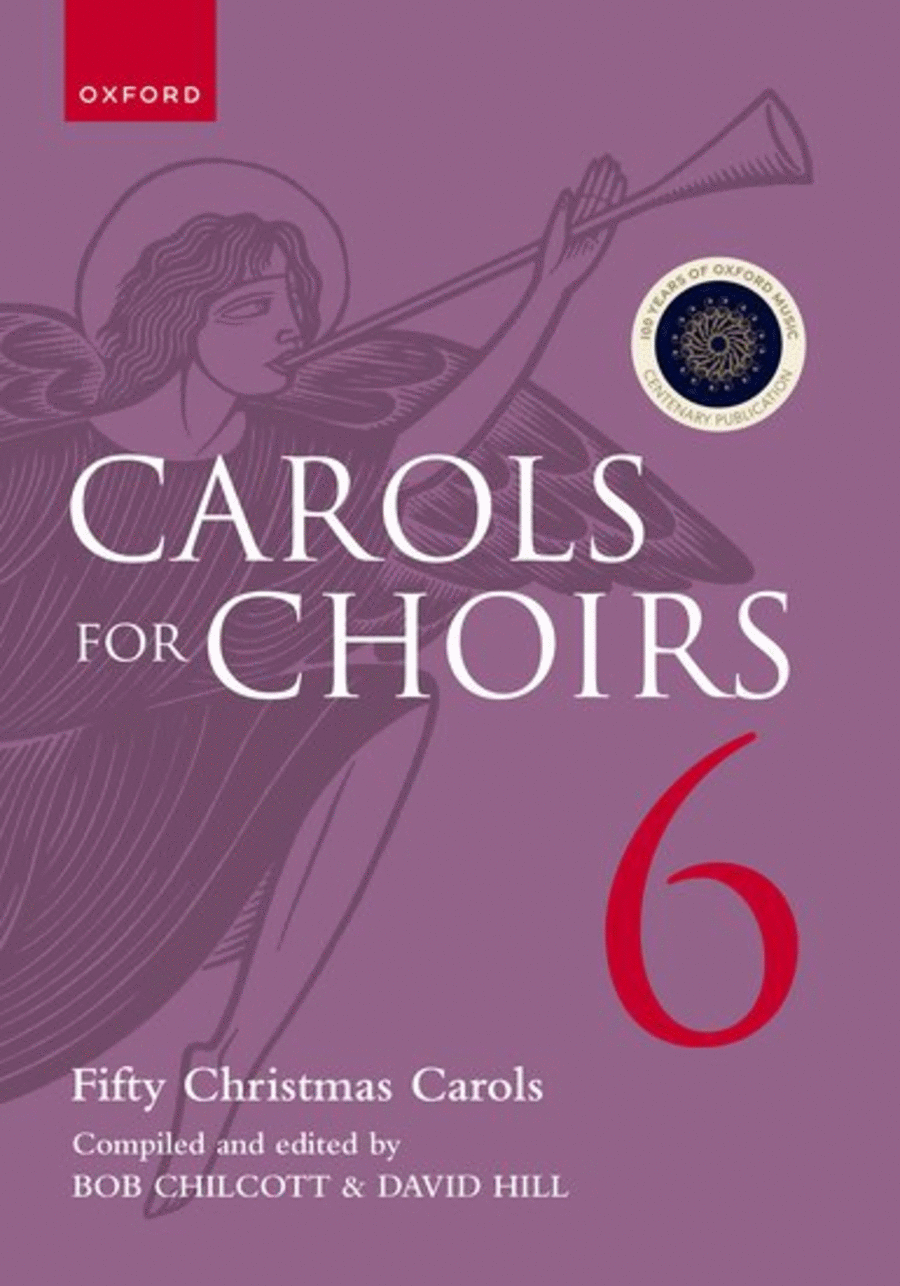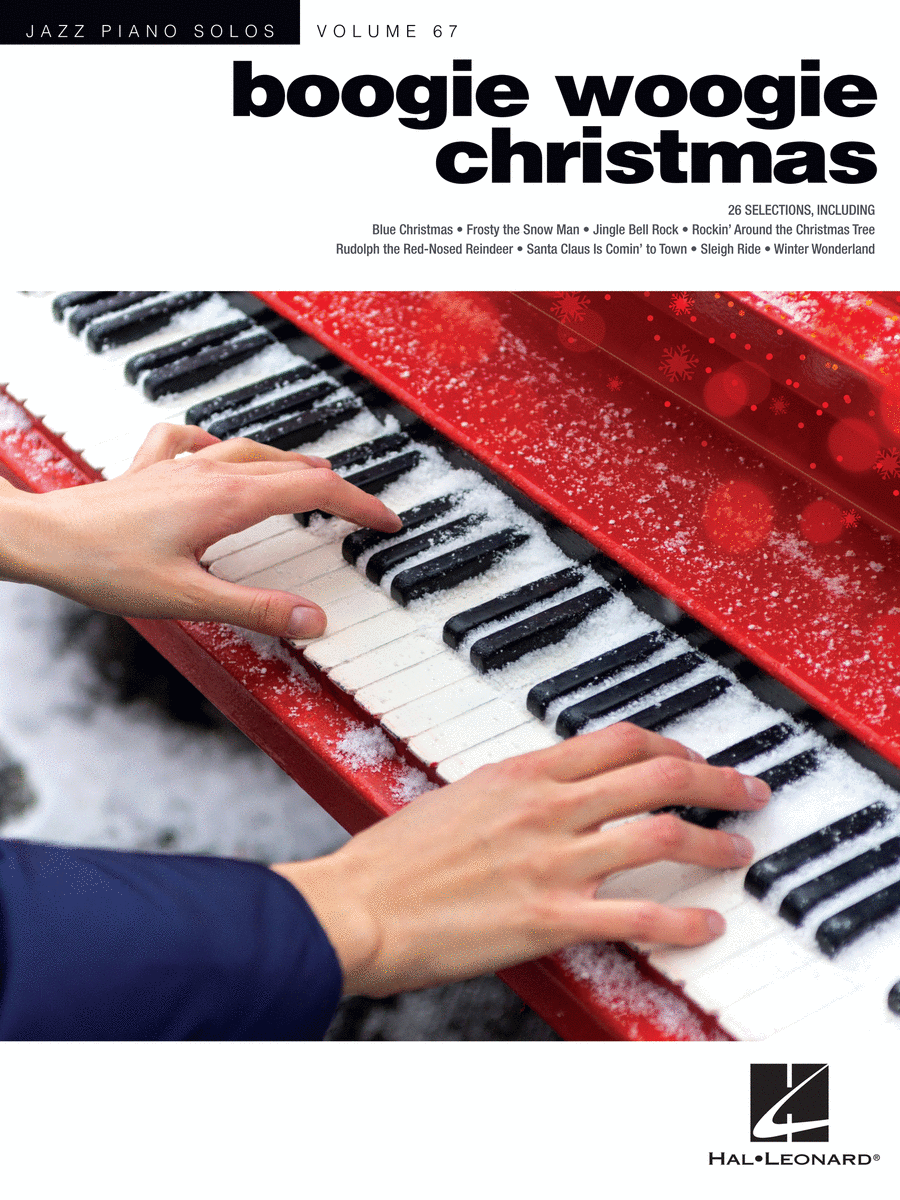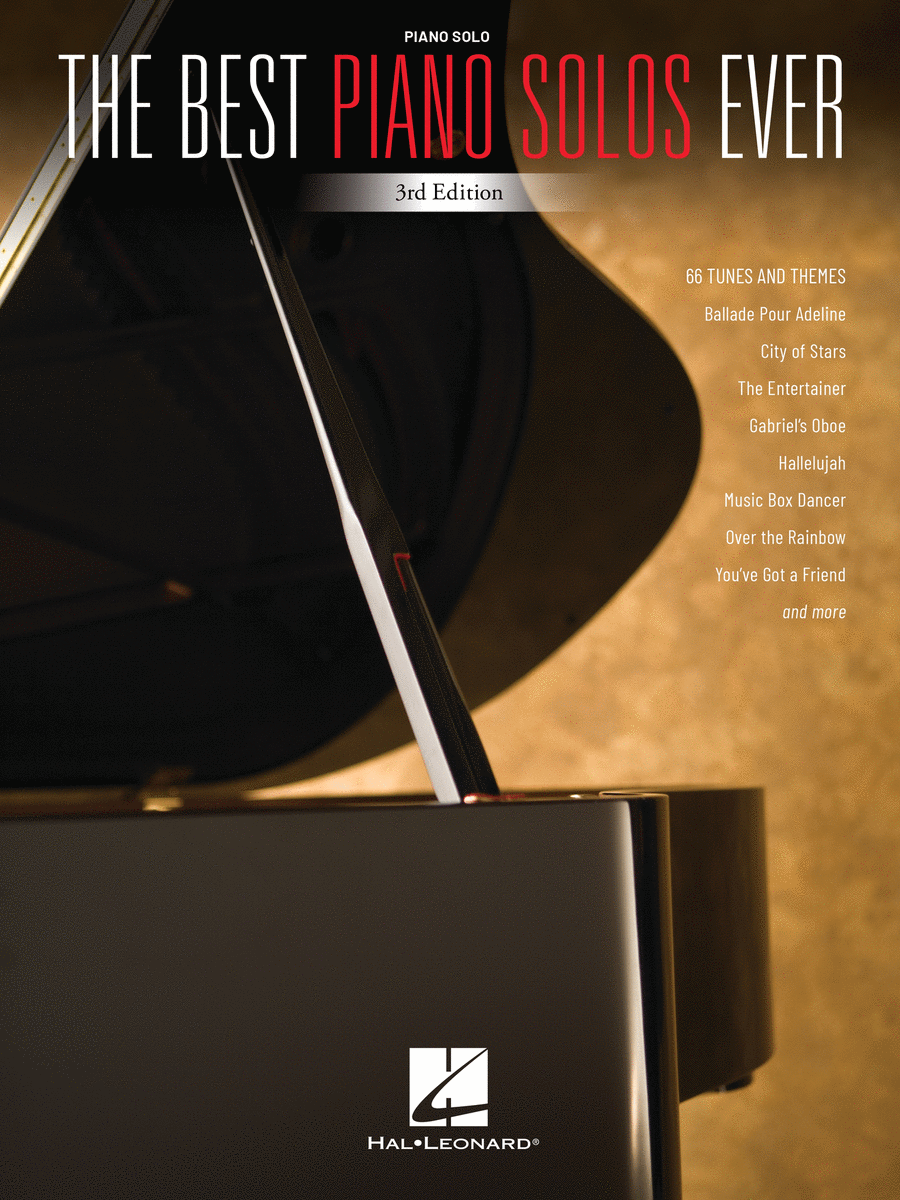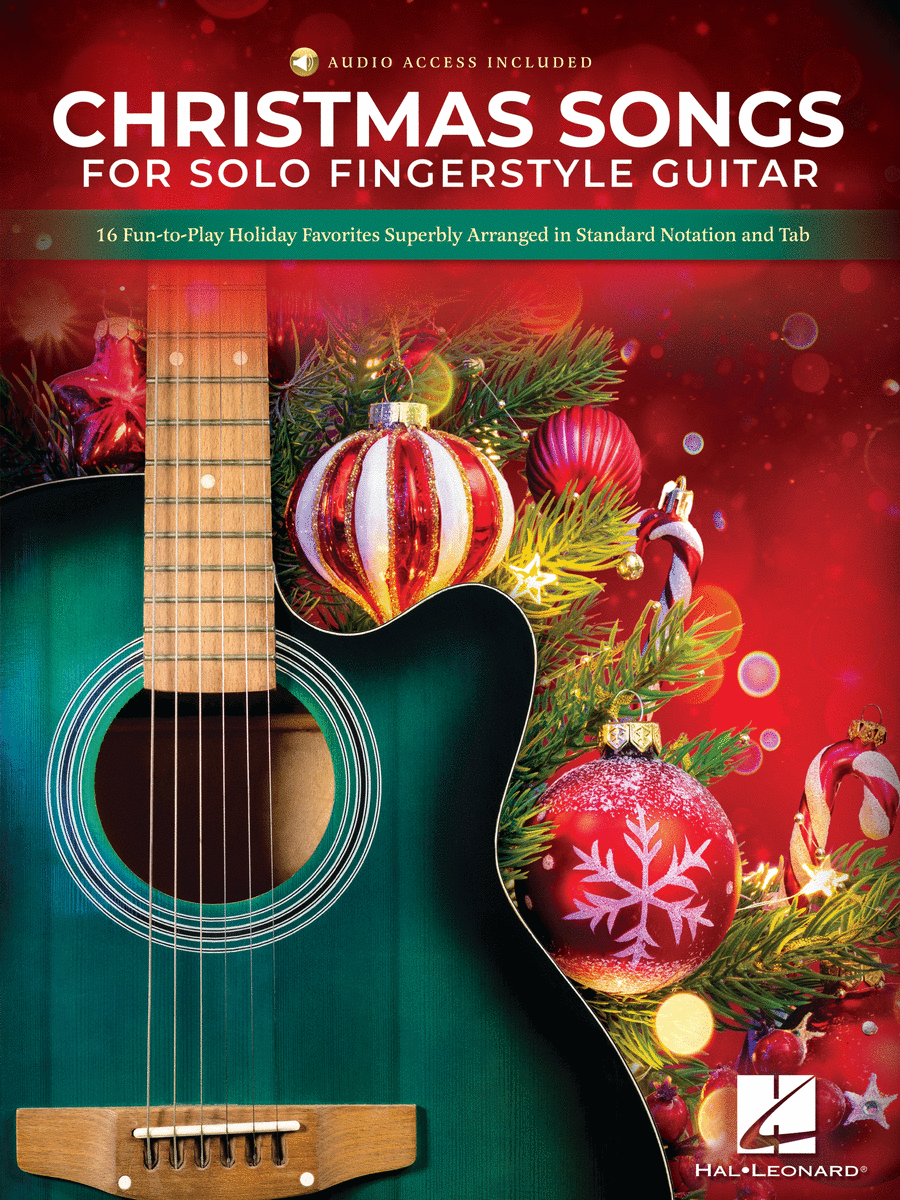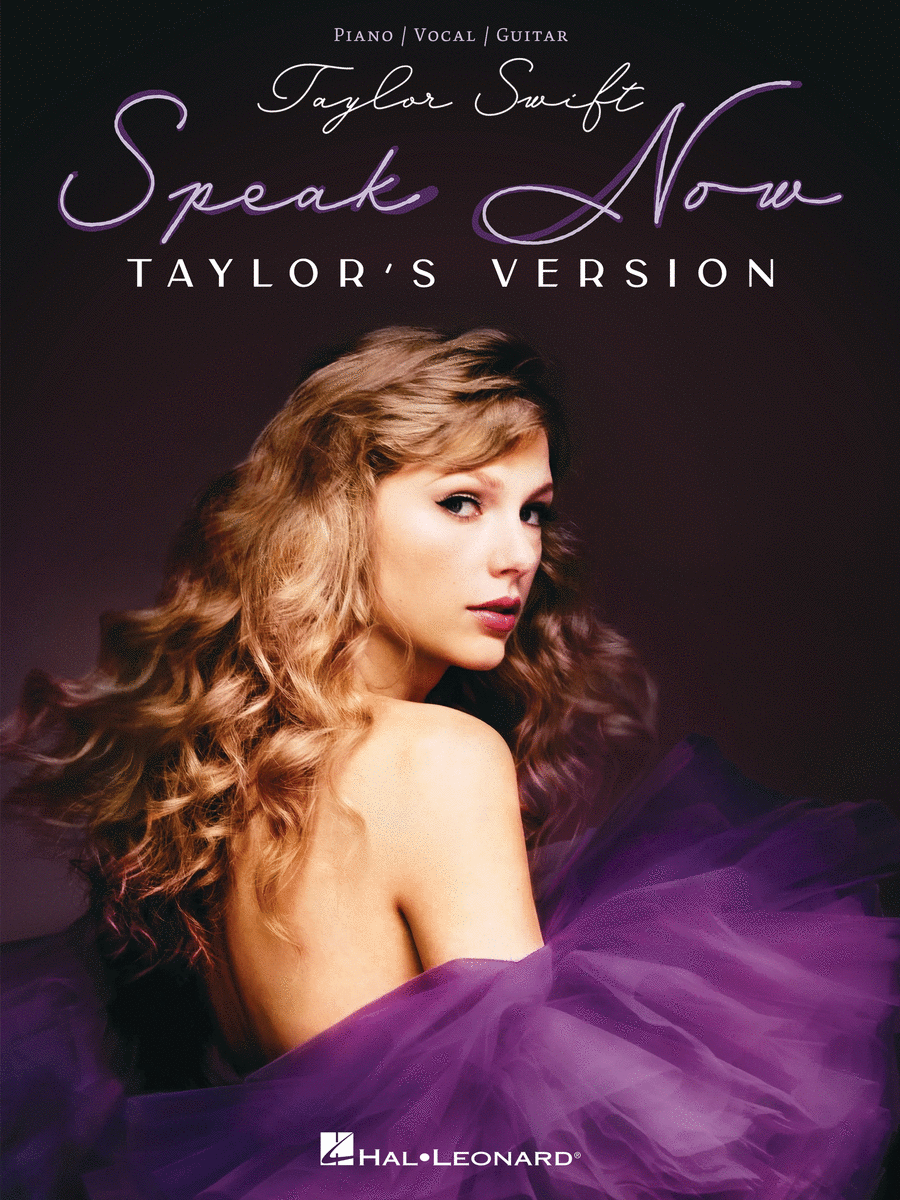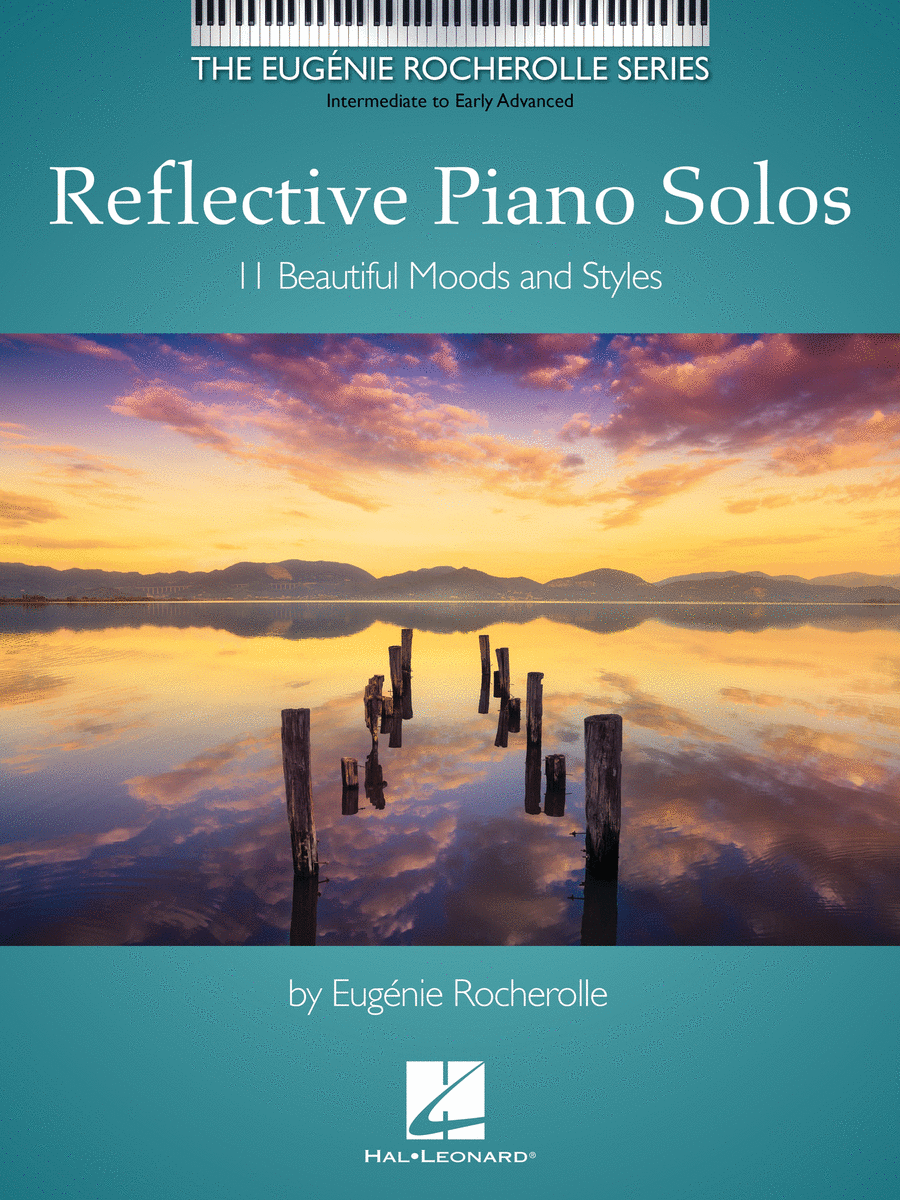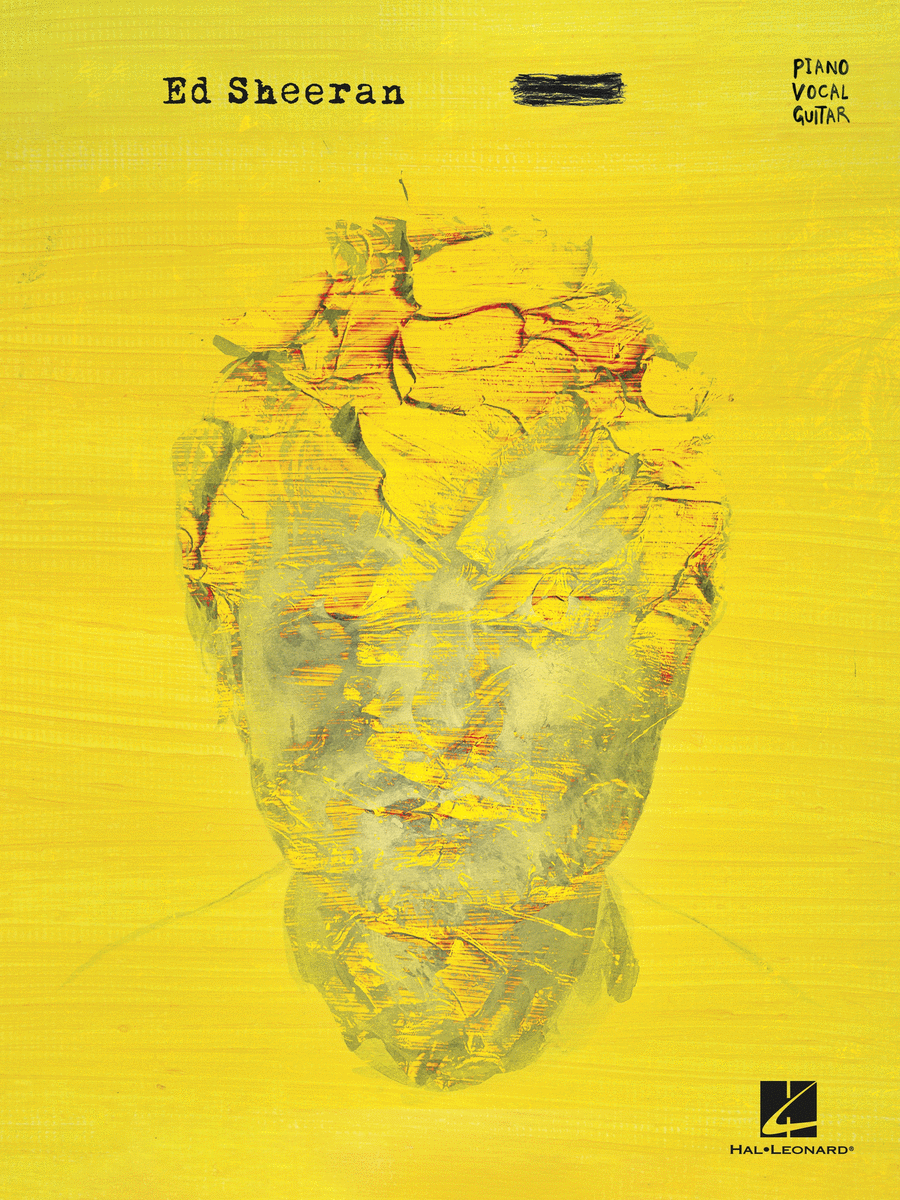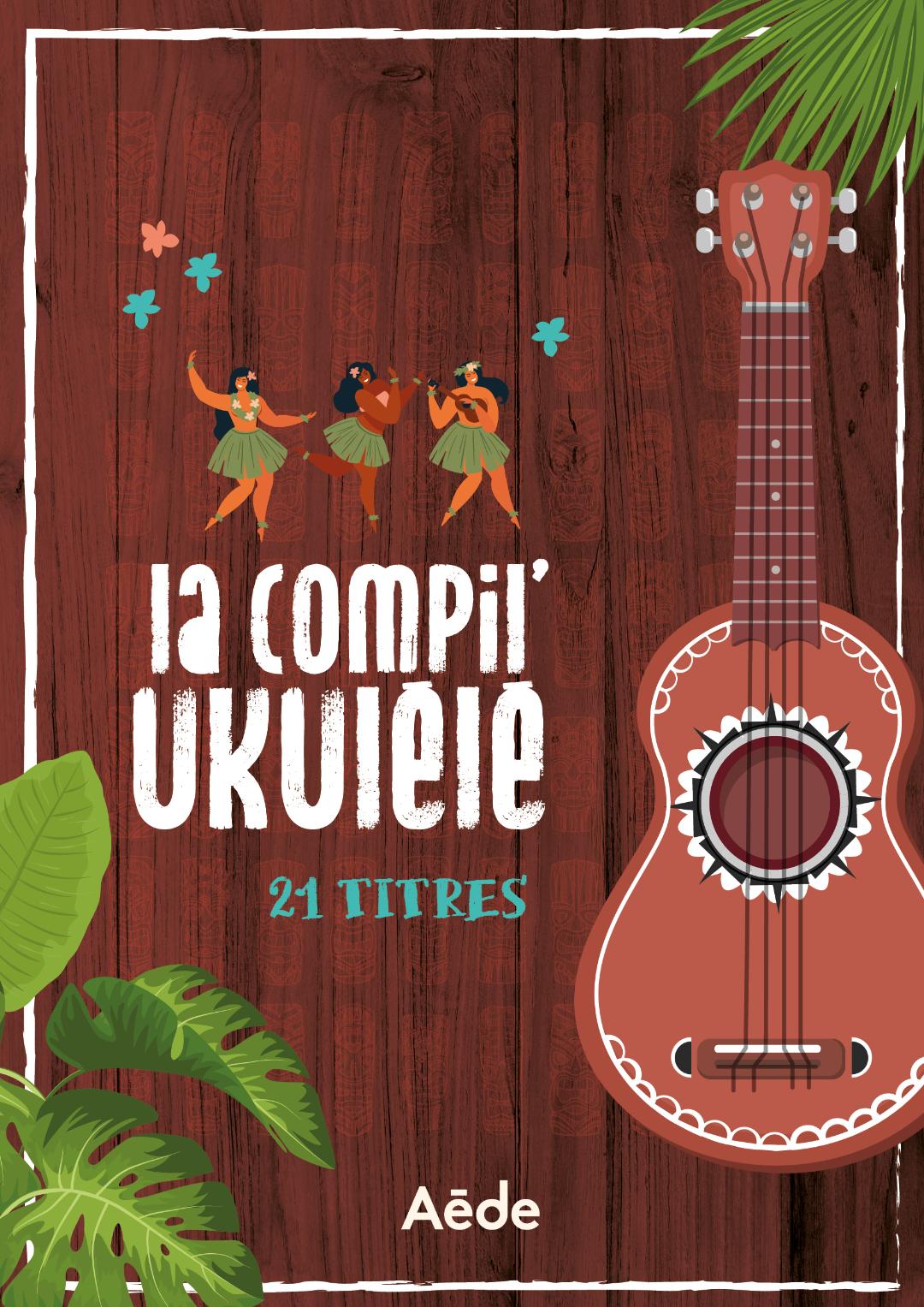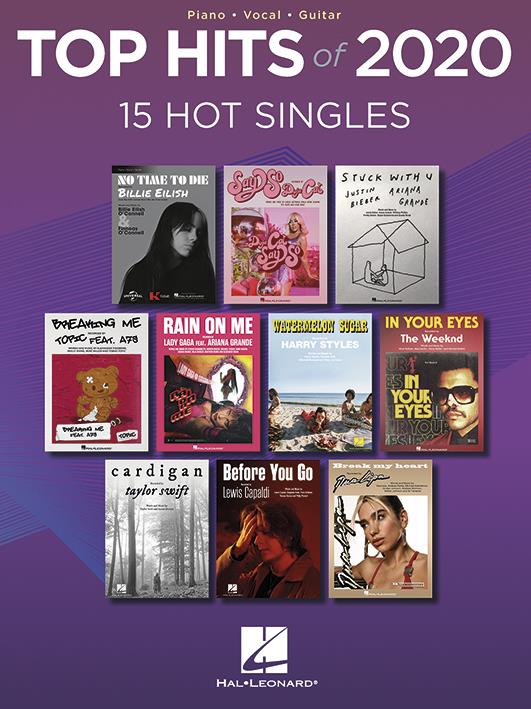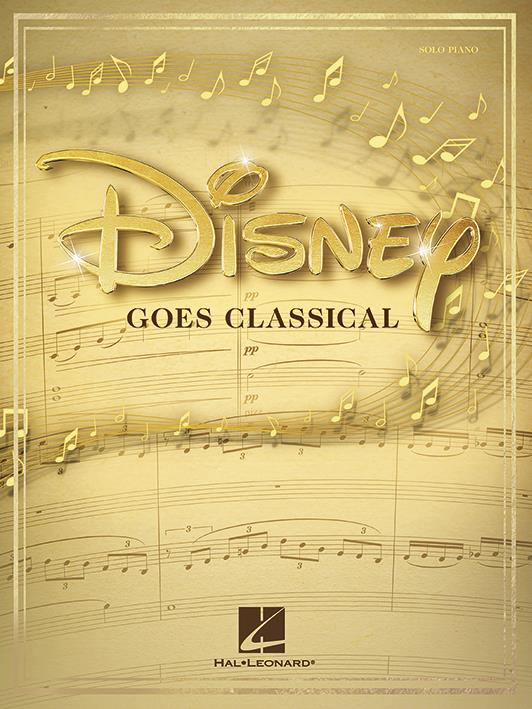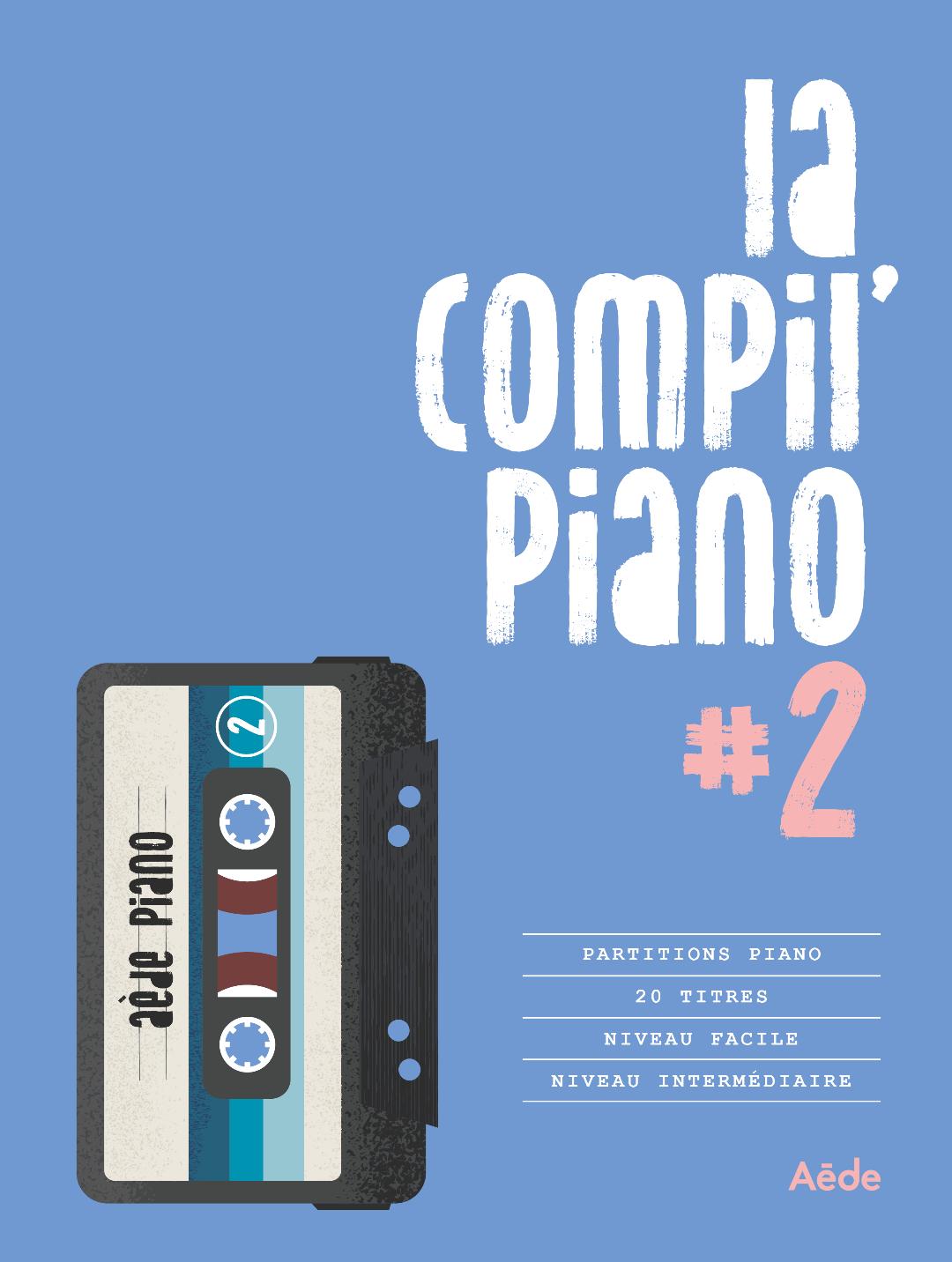Chamber Music flute, piano
SKU: PR.114422710
Composed by Charles Gibb. Set of Score and Parts. 44+8 pages. Duration 24 minutes. Theodore Presser Company #114-42271. Published by Theodore Presser Company (PR.114422710).
ISBN 9781491136072. UPC: 680160688227.
DUOâs succinct movement titles (I. Here, II. Open, III. Stark, IV. Ardent) tease at revealing the grand and heartfelt inspiration for exuberant romanticism in this sonata-like work of symphonic proportions and depth. Charles Gibb is both an accomplished pianist and an award-winning flutist, who has written of this compelling major addition to the literature: âThis work is a journey. What journey and whose journey does not matter. It is my journey, it is your journey. It is the journey of those who came before us, and of those who will come after us. I wrote this hoping that we can find each other along the road, so we can realize that we donât need to go on the journey alone.â Gibbâs DUO is sure to become a favorite major work for flute recitalists.
This work is a journey. What journey and whose journey does not matter. It is my journey, it is your journey. It is the journey of those who came before us, and of those who will come after us. I wrote this hoping that we can find each other along the road, so we can realize that we donât need to go on the journey alone.âHereâ begins with three notes that shape the rhythmic and harmonic content of the entire work. Melodies and harmonies including the tonic, dominant, and leading tone can be found in each of the four movements. The first moments of this movement introduce the melody, offering itself unencumbered and uninhibited. It shows itself as it is. The melodies soar, the harmonies become voiced more intricately, and the opening theme repeats in full grandeur. The momentum slows down, and the movement ends with a sense of completion, yet remains unbalanced.A striking piano gesture launches âOpen,â the idea of instability reflected with the flowing flute trills and unclear meter patterns in the piano. The sensation of an unsteady grace in 5/8 time arrives with a piano ostinato. The melody is expressive, yet insecure and unbalanced due to changing meters. After a grand pause, the movement transitions to 4/4 time with the flute switching between duplet and triplet flourishes. After a rapid descent in the flute, the opening gesture returns, changed and abruptly interrupted.The third movement, âStark,â is very static, beginning plainly but markedly. The falling fifth calls out continually throughout the movement, searching, lost. Melodies appear in pieces, some smooth and flowing, others rather disjunct. The piece climaxes with a line of mournfulness, yet revealing a deeper strength through intense projection of tone in the high register. However, the static harmonies return, this time unsteady all the way to its foundation. This destabilization repeats, and then quietly recedes.âArdentâ is the longest of the movements and spans a wide range of musical emotion. Part of the movement is fast paced, energetic, and balances order and disarray. However, once the chaos dies down, a gentle, expressive theme comes in. The theme itself is very resolute; it is order appearing from the pandemonium. Conflict returns, and order and chaos become less distinguishable from one another, and soon fuse together. However, order returns with new meaning, synthesized with previous musical content, creating a truer, deeper sense of awareness or understanding. A moment of ambiguity arises, but the flute persists, supported by the sensitive but firm figuration in the piano, and resoundingly comes to a close, unburdened and at ease.
Arr : Flute and PianoPublisher : Theodore Presser Co.$29.99 - See more - Buy online
 (AMERICAN COMPANY)
(AMERICAN COMPANY) 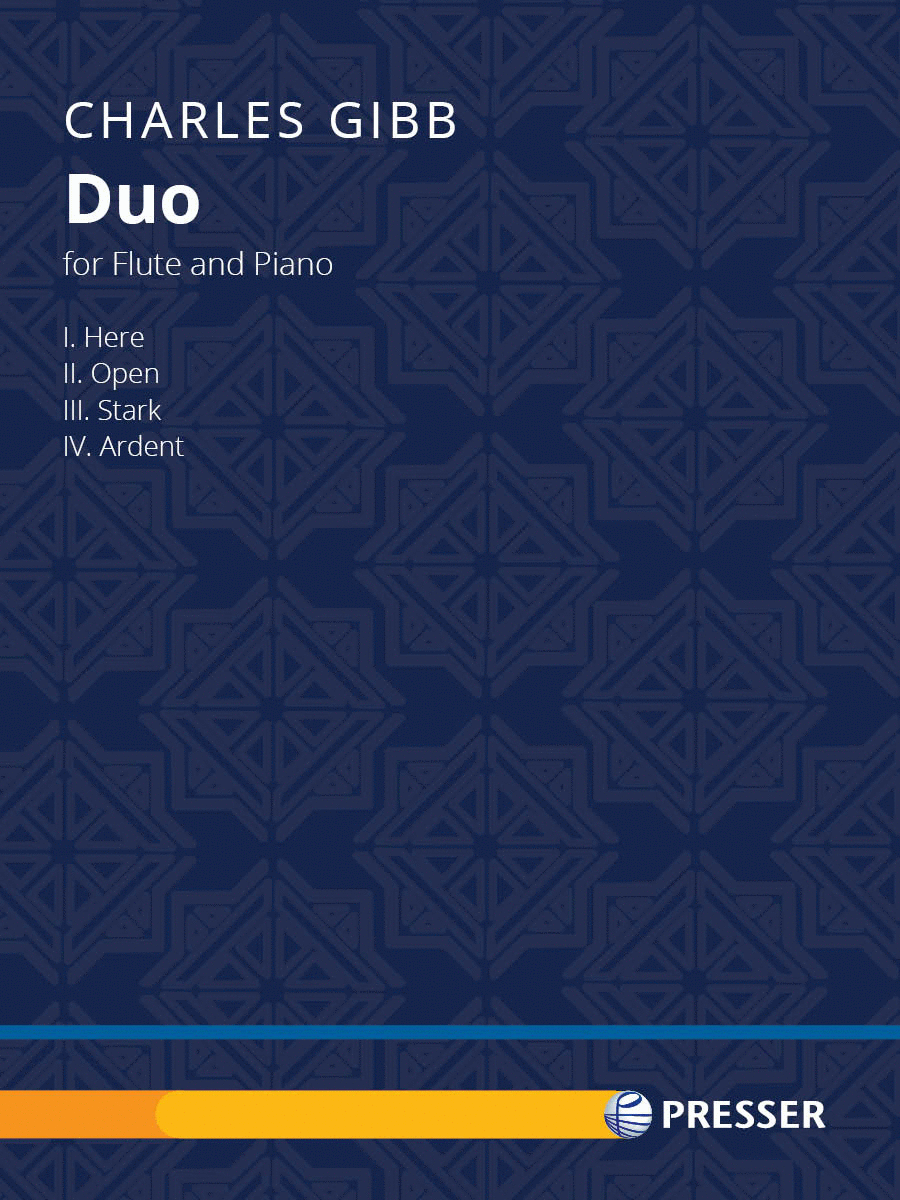
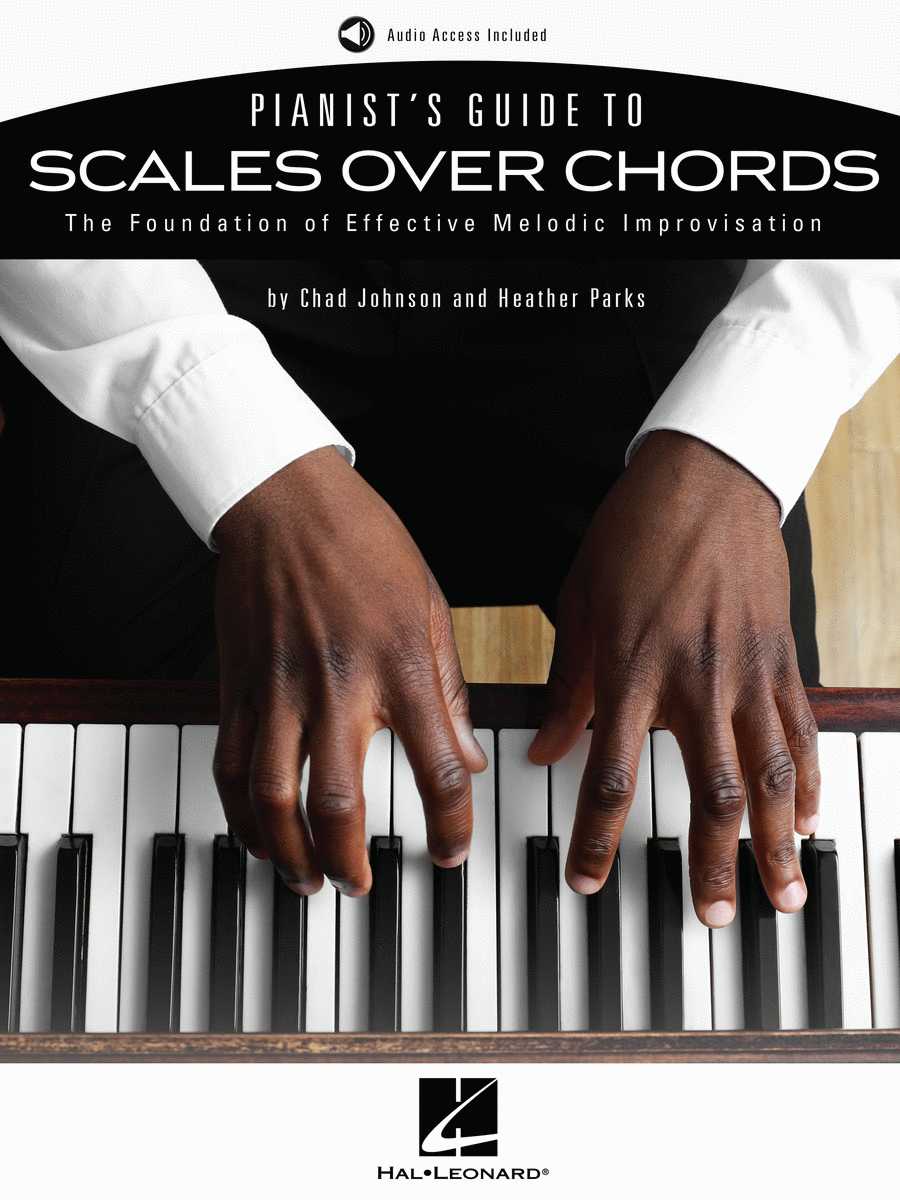

 Book/Online Audio Piano/Keyboard
Book/Online Audio Piano/Keyboard 